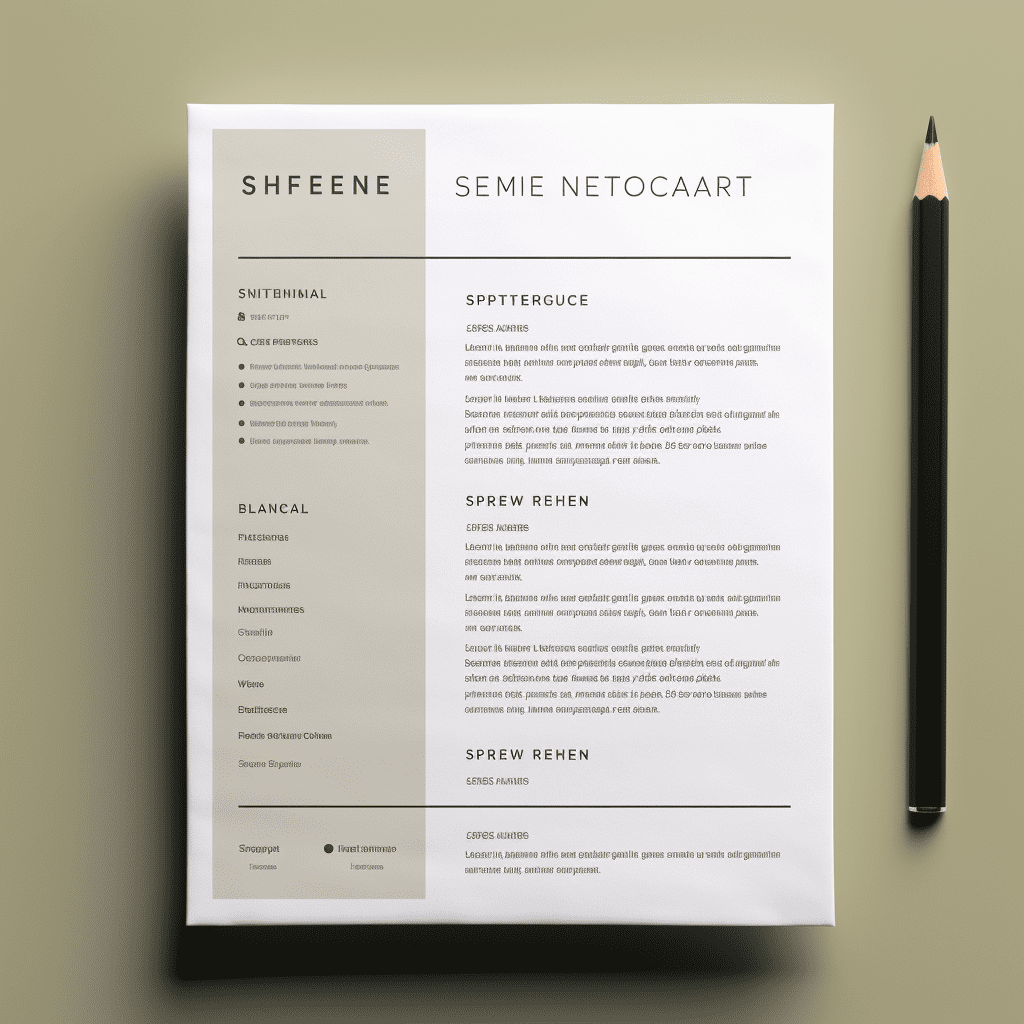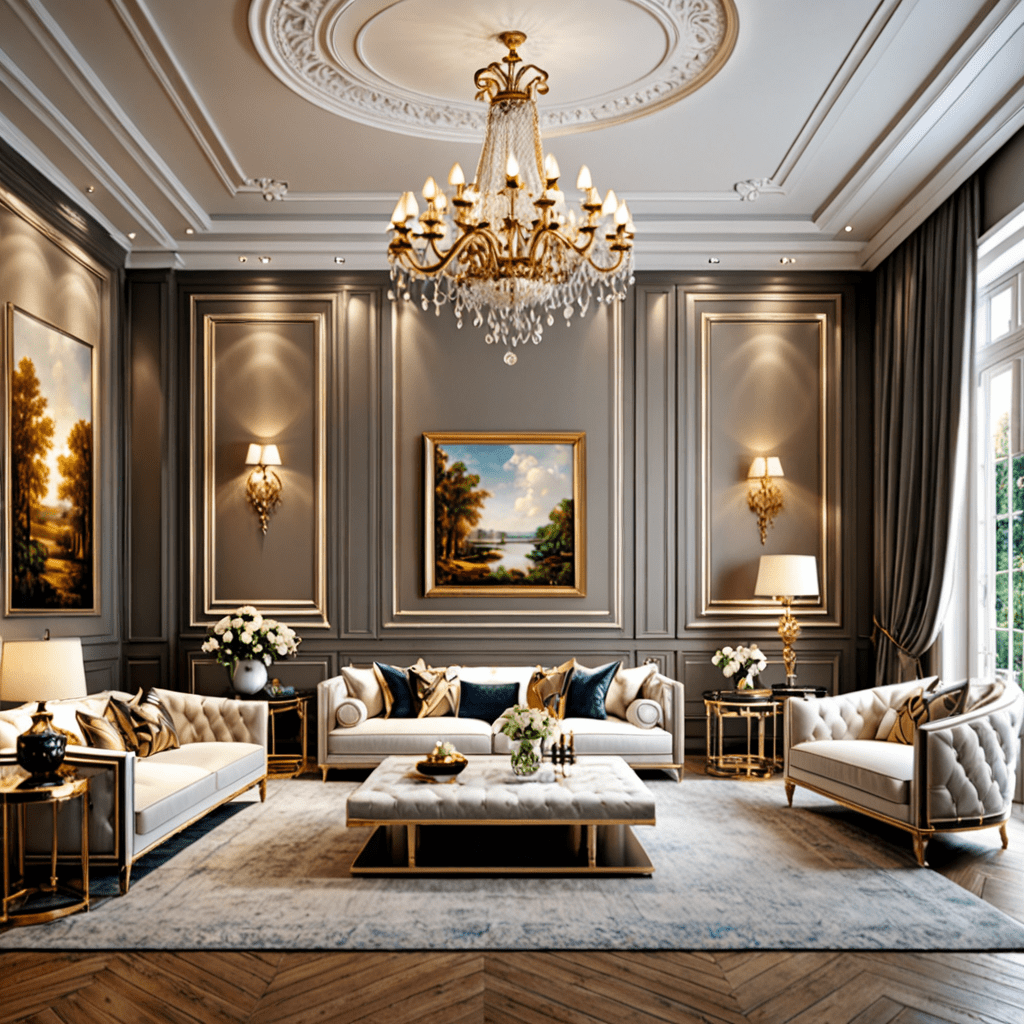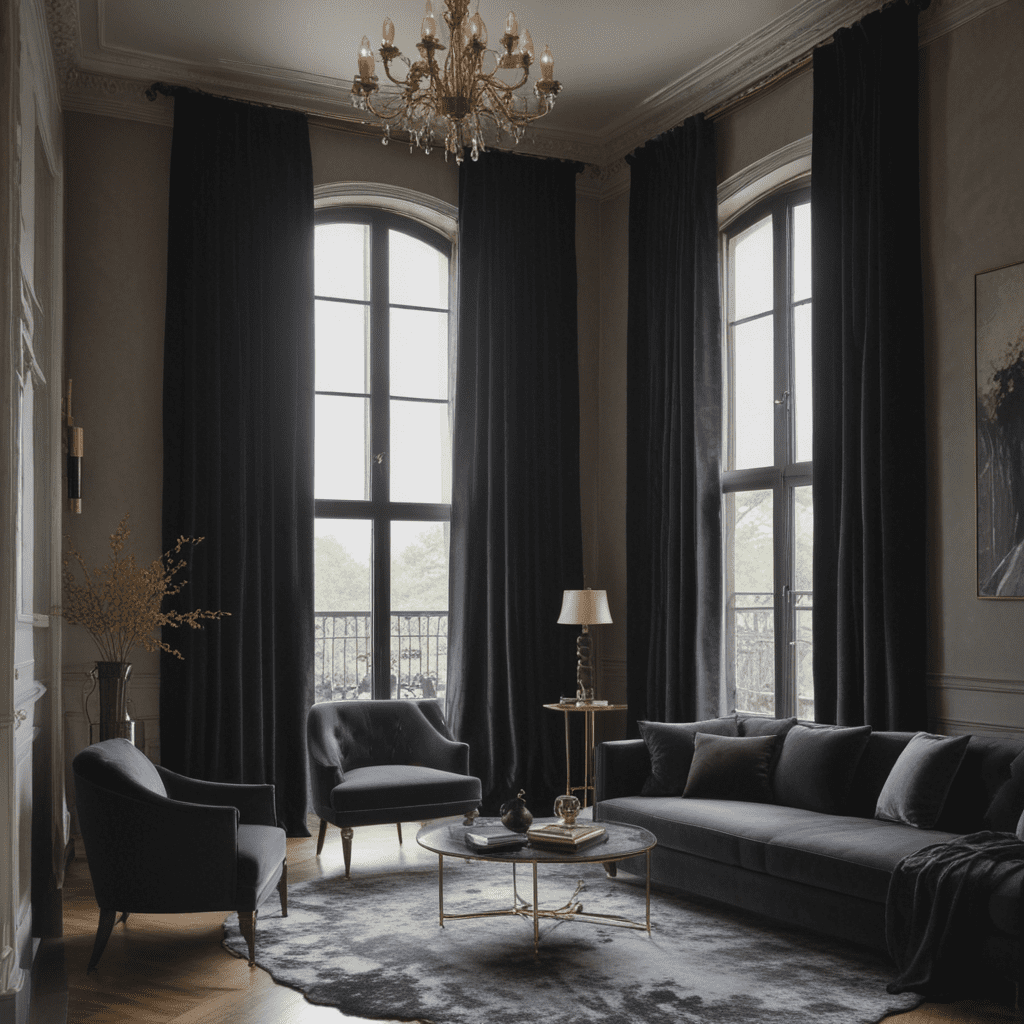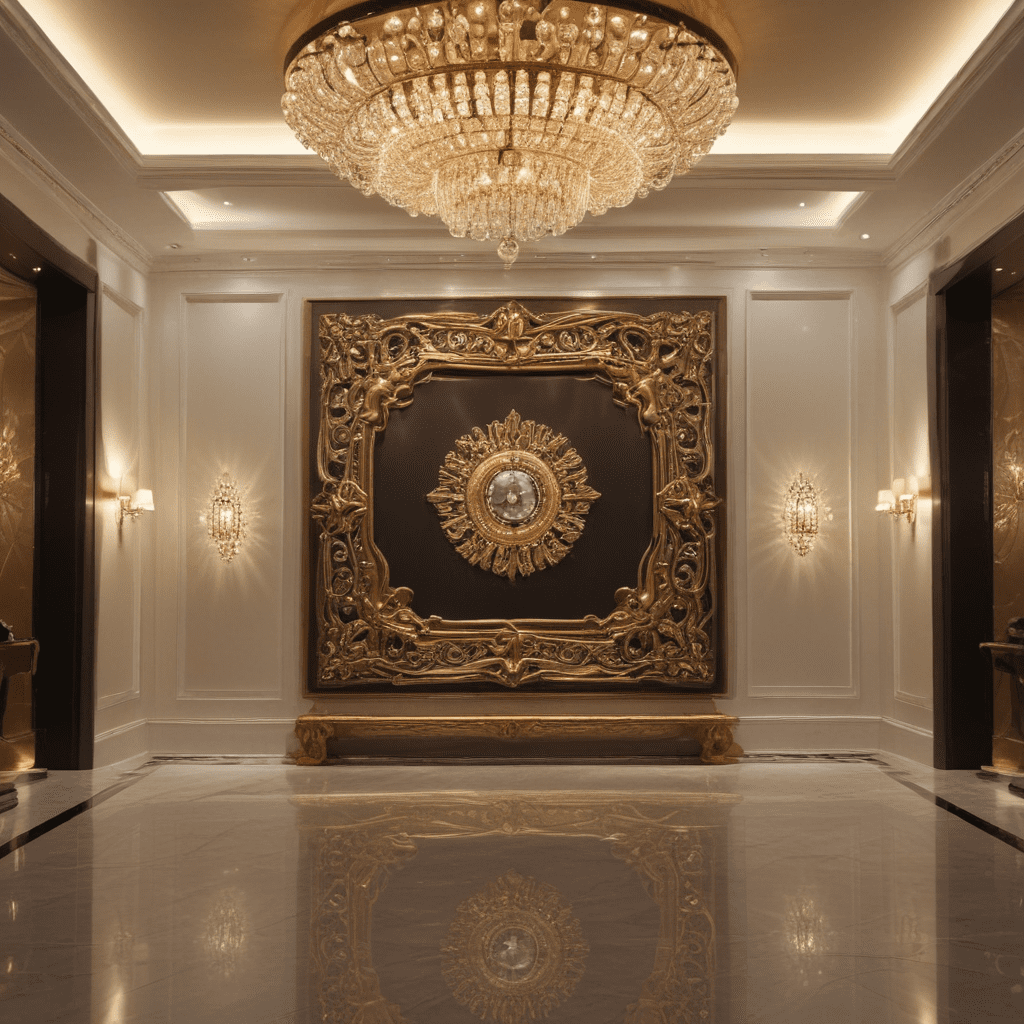Best Tips for Interior Design Cover Letters


Crafting an Effective Interior Design Cover Letter
Whether you’re a seasoned professional or just starting your career in the world of interior design, a well-crafted cover letter can make all the difference in landing your dream job. With fierce competition in the industry, it’s important to stand out from the crowd and showcase your skills and passion for design. In this article, we’ll guide you through the process of writing an effective interior design cover letter that will leave a lasting impression on potential employers.
1. Introduction: Grabbing the Reader’s Attention
The first paragraph of your cover letter is your chance to make a strong impression and grab the reader’s attention. Start by introducing yourself and stating your interest in the position you’re applying for. Highlight any relevant experience or accomplishments that demonstrate your passion for interior design. Make sure to customize this section for each job application to show that you’ve done your research and are genuinely interested in the specific company or organization.
2. Showcasing Your Skills and Experience
In the second paragraph, focus on highlighting your skills and experience that are relevant to the position. Provide concrete examples of projects you’ve worked on, emphasizing your ability to think creatively, problem solve, and collaborate with clients and colleagues. Use action verbs to describe your contributions and achievements, and quantify your accomplishments whenever possible. This will give potential employers a clear picture of your capabilities and how you can bring value to their team.
3. Demonstrating Your Design Philosophy
Every interior designer has their own unique design philosophy. Use the third paragraph of your cover letter to articulate yours. Discuss your approach to design, whether it’s a focus on functionality, sustainability, or creating spaces that evoke certain emotions. Share examples of how you’ve applied your design philosophy in previous projects and highlight any awards or recognition you’ve received for your work. This will give employers a sense of your design sensibility and help them see how you can contribute to their company’s vision.
4. A Personal Touch: Why You’re a Perfect Fit
In addition to showcasing your skills and experience, it’s important to demonstrate why you’re a perfect fit for the company or organization you’re applying to. Research their values, mission, and current projects to understand their style and approach. In the fourth paragraph of your cover letter, explain how your skills, experience, and design philosophy align with their goals and how you can contribute to their success. This personal touch will show employers that you’ve taken the time to understand their brand and are genuinely interested in joining their team.
5. Closing Strong: Call to Action
As you wrap up your cover letter, end with a strong closing statement that compels the reader to take action. Express your enthusiasm for the opportunity to interview and potentially work with them. Provide your contact information and indicate that you’re available for further discussion or to provide additional materials, such as a portfolio or references. And, of course, thank the reader for considering your application. A strong closing will leave a lasting impression and make it easy for employers to take the next steps in the hiring process.
Frequently Asked Questions (FAQ)
Q: Should I include my portfolio with my cover letter?
A: While it’s not necessary to include your entire portfolio with your cover letter, you can mention that it is available upon request. Make sure to provide a link or instructions on how potential employers can access your portfolio, whether it’s through a website, online platform, or a physical copy if requested.
Q: How long should my cover letter be?
A: Ideally, your cover letter should be concise and to the point, typically not exceeding one page. Aim for three to four paragraphs, focusing on the most relevant information that showcases your skills, experience, and alignment with the company. Remember, employers often receive numerous applications, so keeping your cover letter concise will ensure they get a quick overview of your qualifications.
Q: Is it important to customize my cover letter for each application?
A: Absolutely! Customizing your cover letter for each job application is crucial. Research the company, understand their values and mission, and tailor your cover letter accordingly. Address the specific requirements and preferences mentioned in the job posting, and highlight how your skills and experience align with them. This personalized approach shows employers that you’ve done your homework and are genuinely interested in their organization.
Q: Should I follow up after submitting my cover letter?
A: It’s a good idea to follow up after submitting your cover letter, especially if you haven’t heard back within a reasonable time frame. Send a polite email expressing your continued interest in the position and inquire about the status of your application. Keep the tone professional and avoid sounding pushy. This follow-up shows your persistence and commitment to the opportunity.
Q: Can I use a template for my cover letter?
A: While using a template for your cover letter can serve as a helpful guideline, it’s important to customize it according to each job application. Avoid using generic templates that don’t reflect your personality or address the specific requirements of the position. Tailoring your cover letter will make it stand out and demonstrate your genuine interest in the opportunity.
Q: How should I address my cover letter if I don’t know the recipient’s name?
A: If you don’t know the recipient’s name, it’s best to use a generic salutation such as „Dear Hiring Manager” or „Dear [Company Name] Team.” Avoid using generic terms like „To Whom It May Concern.” However, if possible, try to do some research and find out the name of the hiring manager or the person responsible for the hiring process. Addressing your cover letter to a specific individual adds a personalized touch and shows that you’ve put in the effort to learn more about the company.
Crafting a captivating cover letter may take time and effort, but it’s well worth it in the competitive field of interior design. By following these guidelines and showcasing your unique skills, experience, and design philosophy, you’ll increase your chances of landing your dream job. Remember to make each cover letter tailored and personalized to the specific job application, taking into account the company’s values, mission, and style. Good luck with your interior design career!



